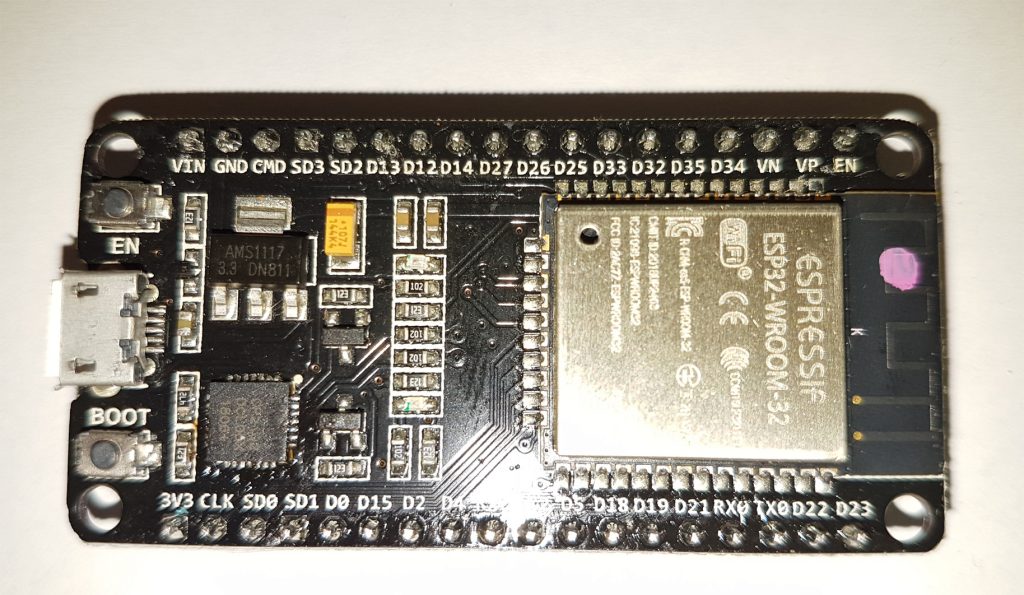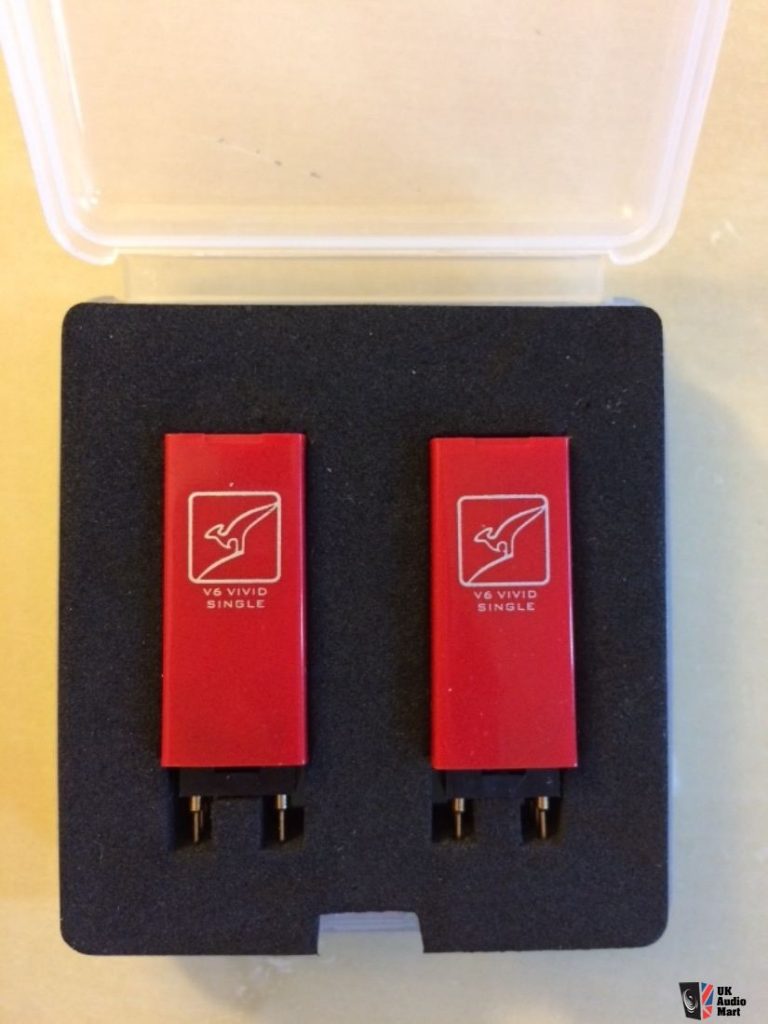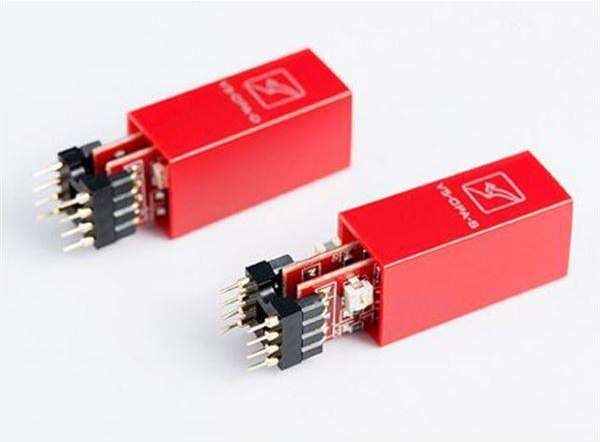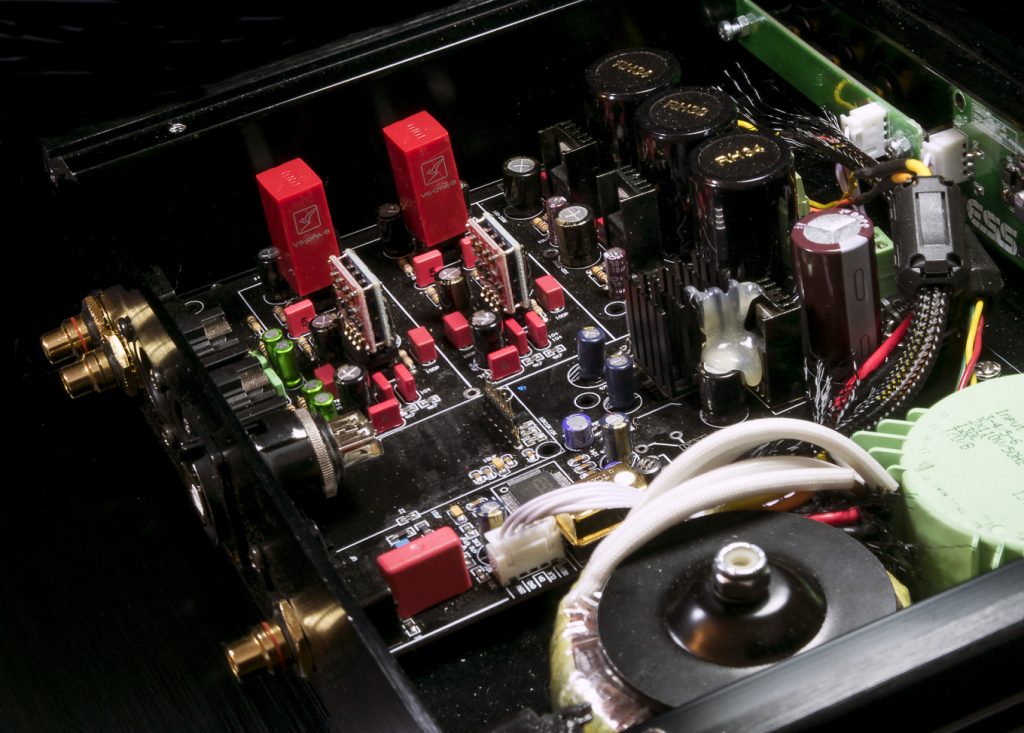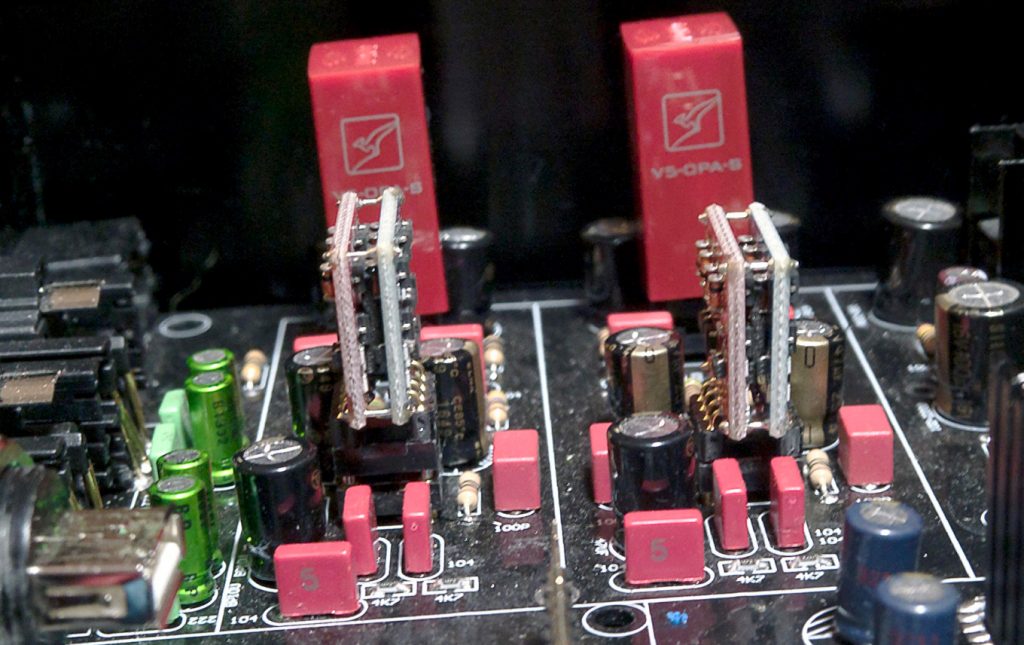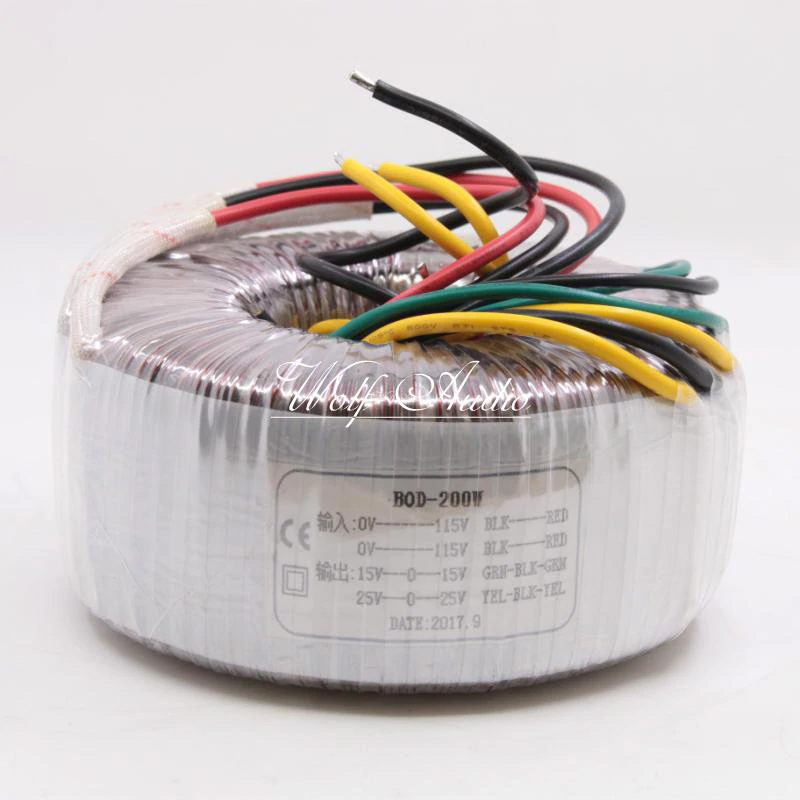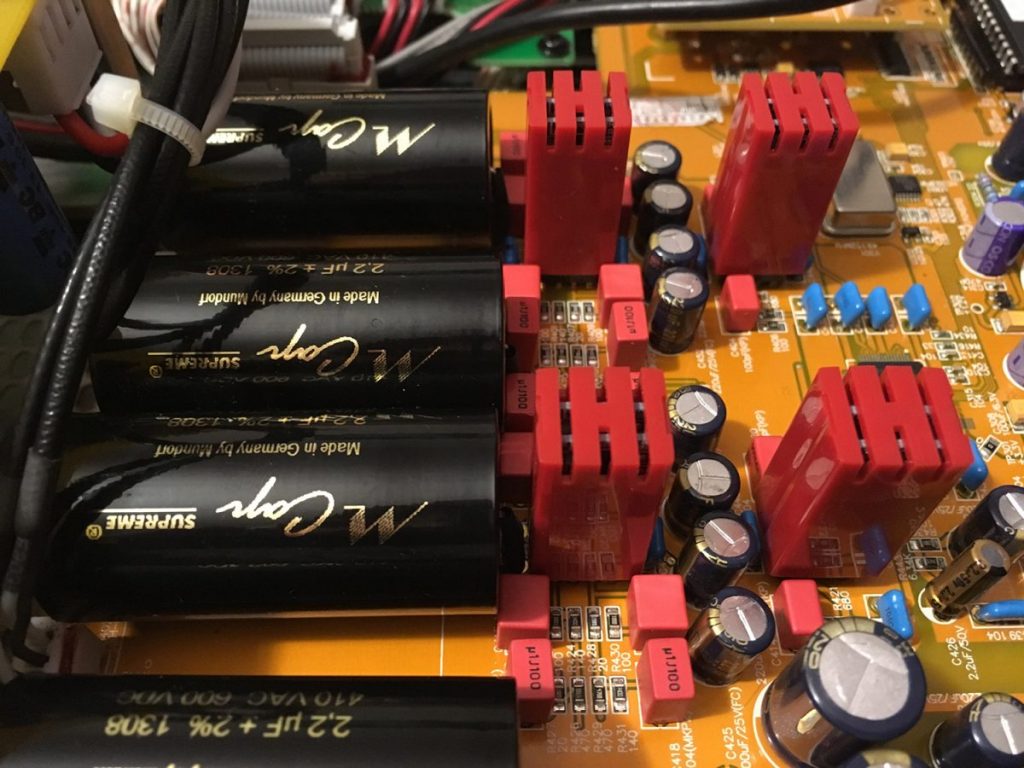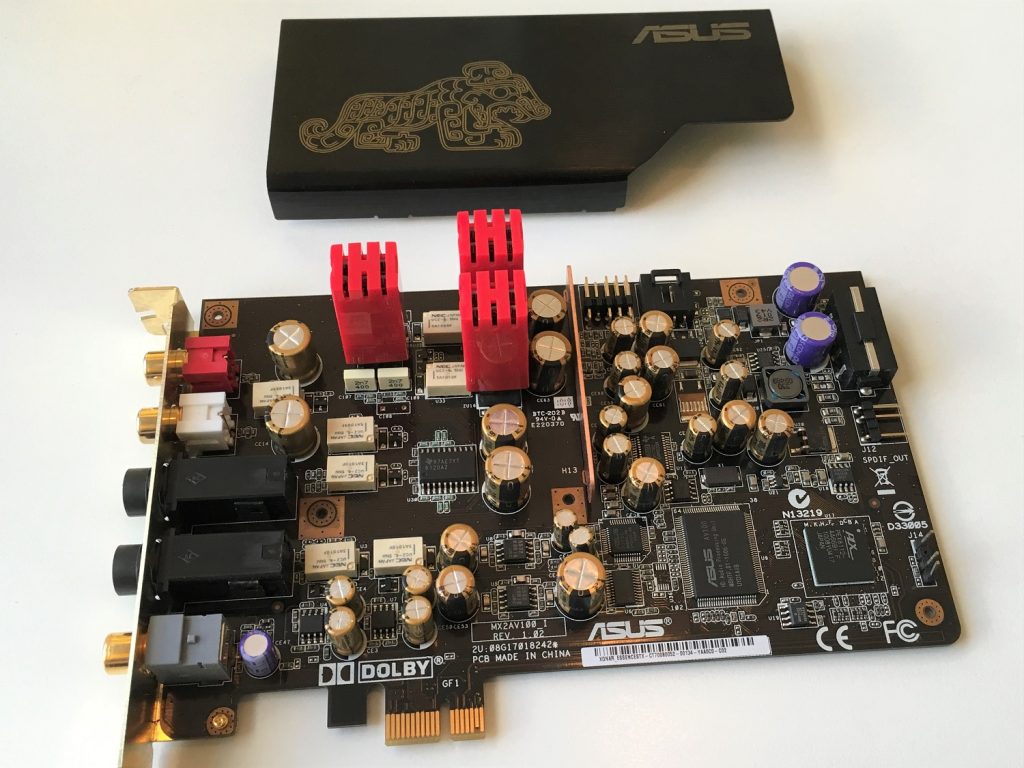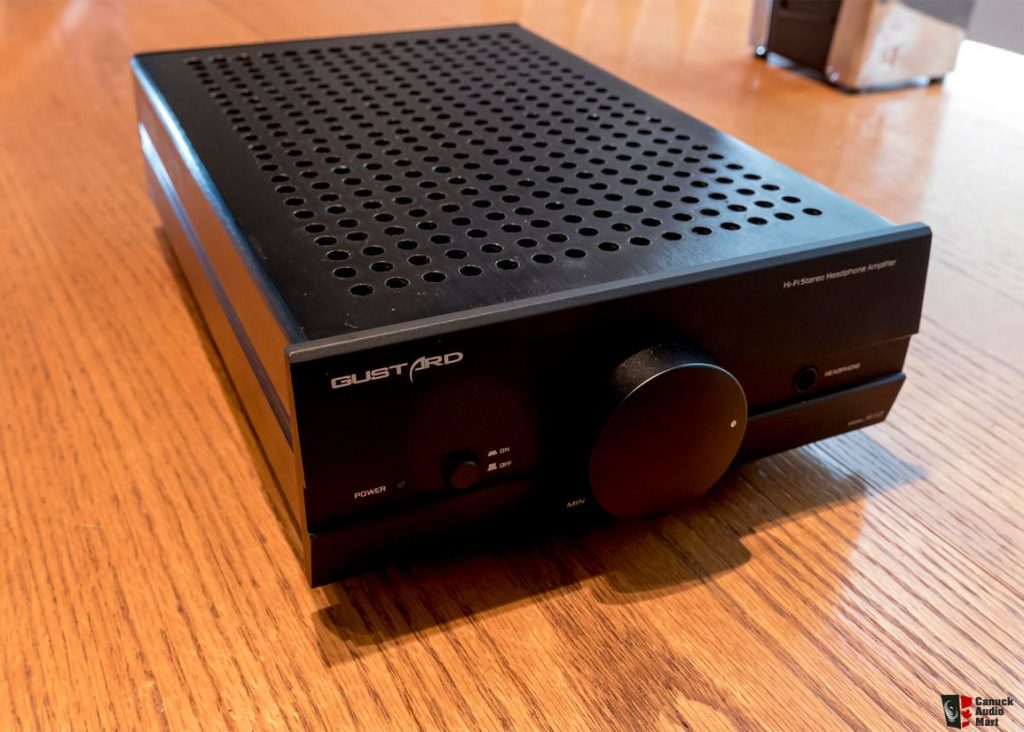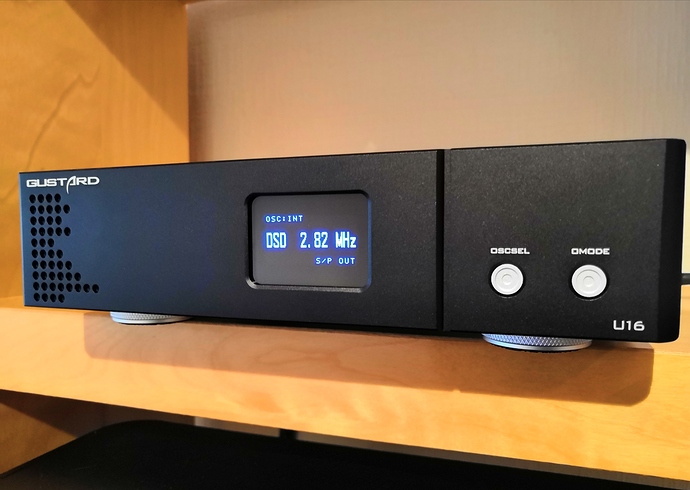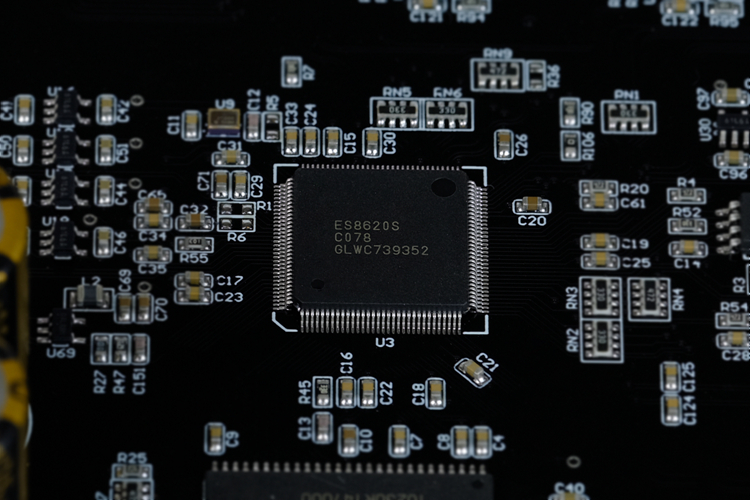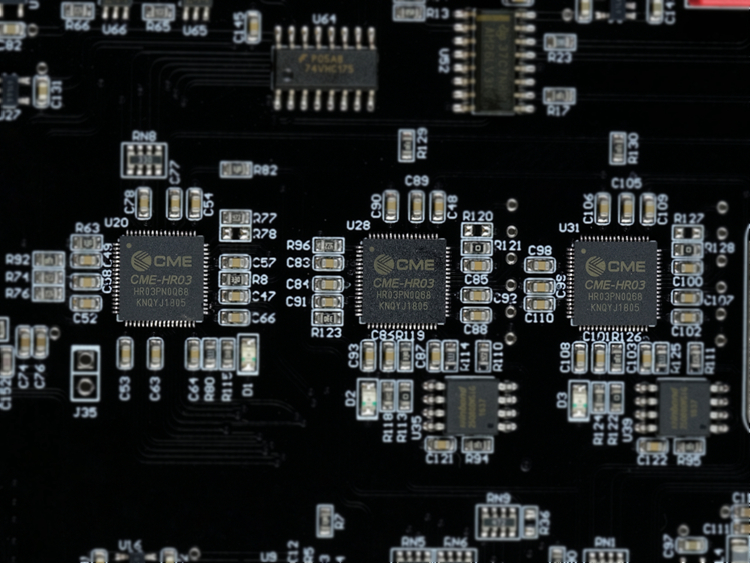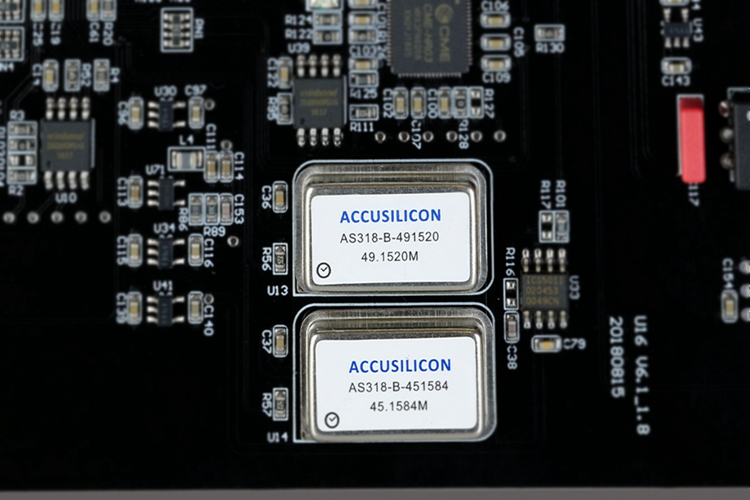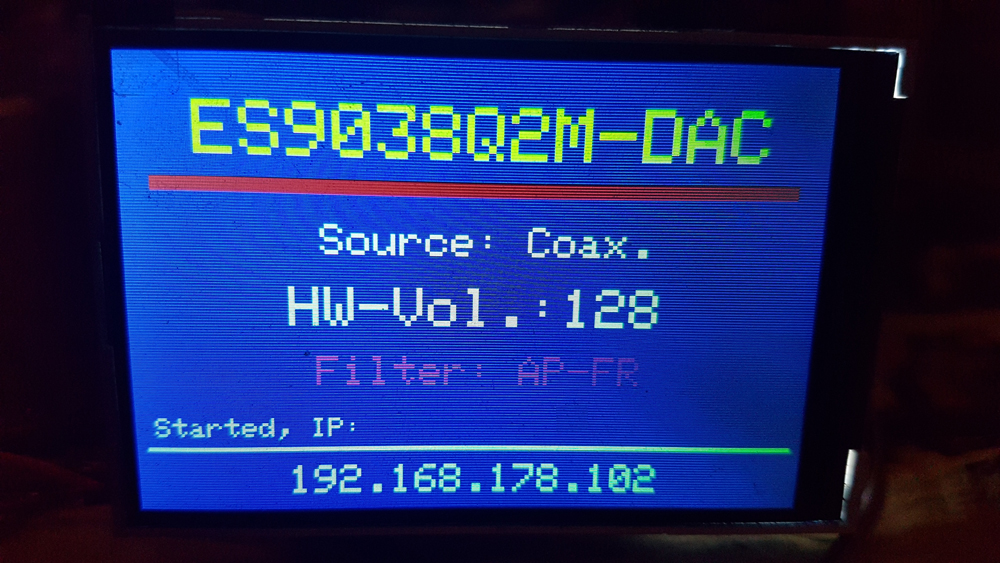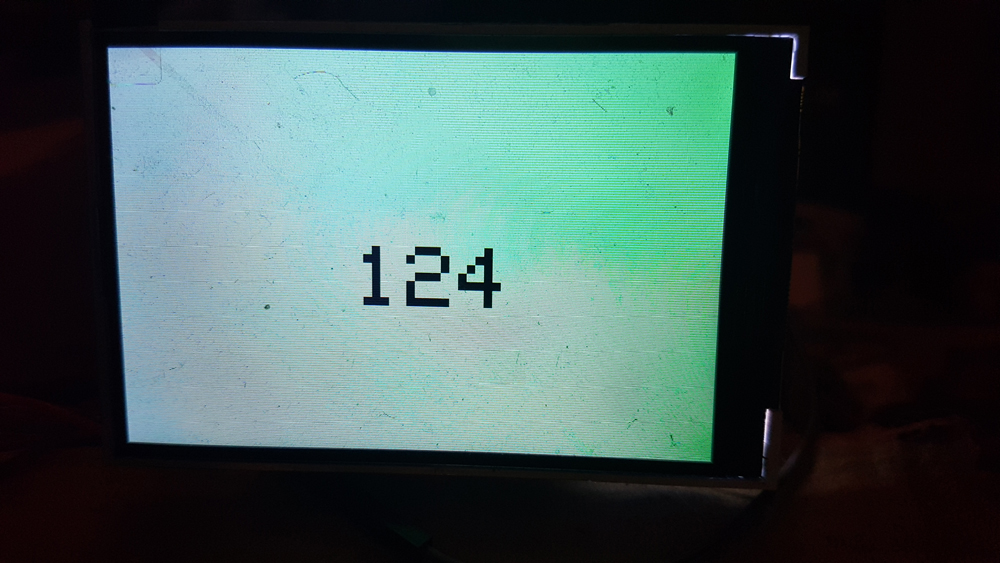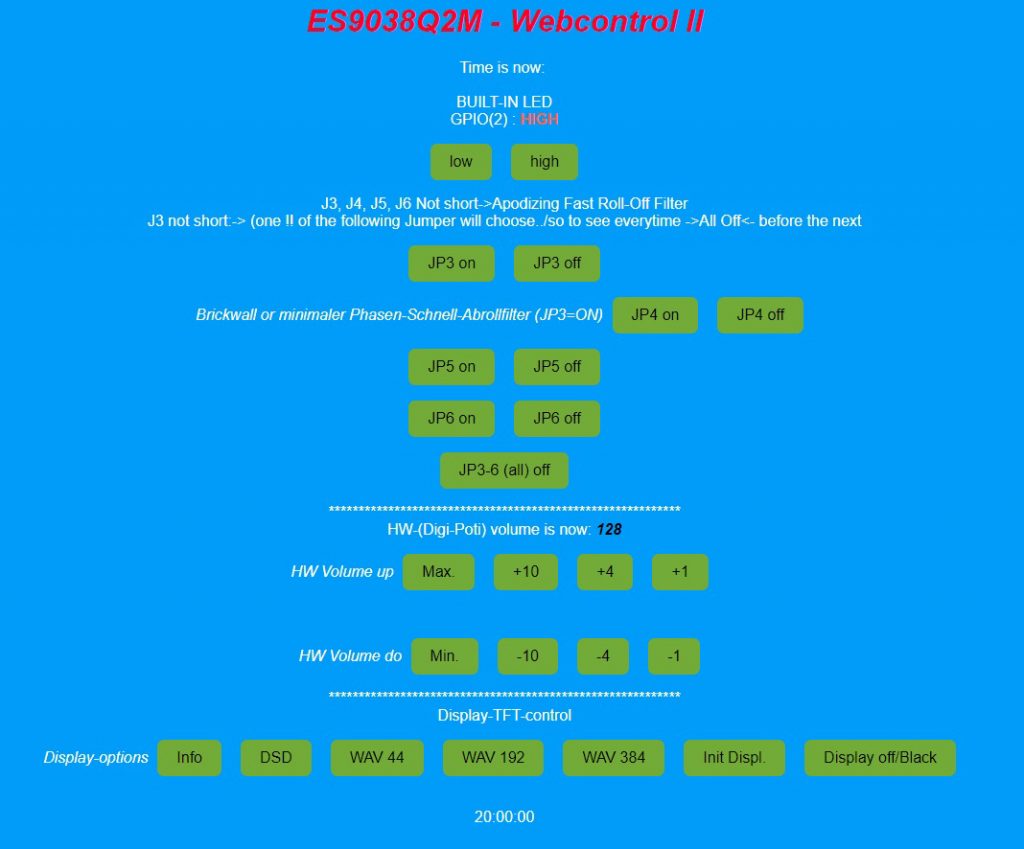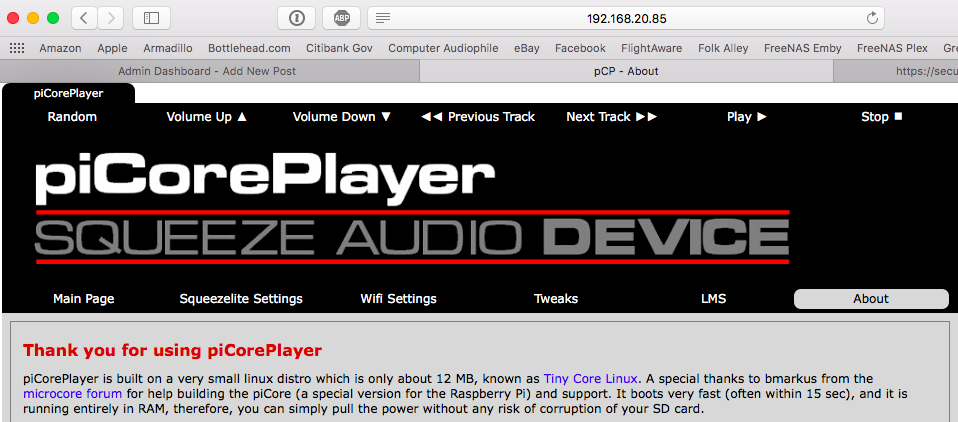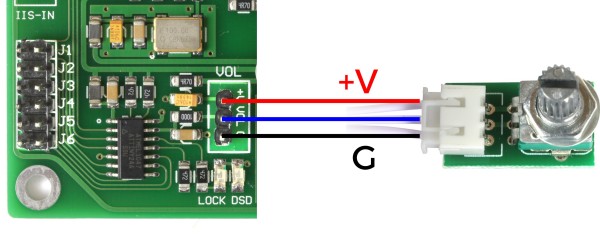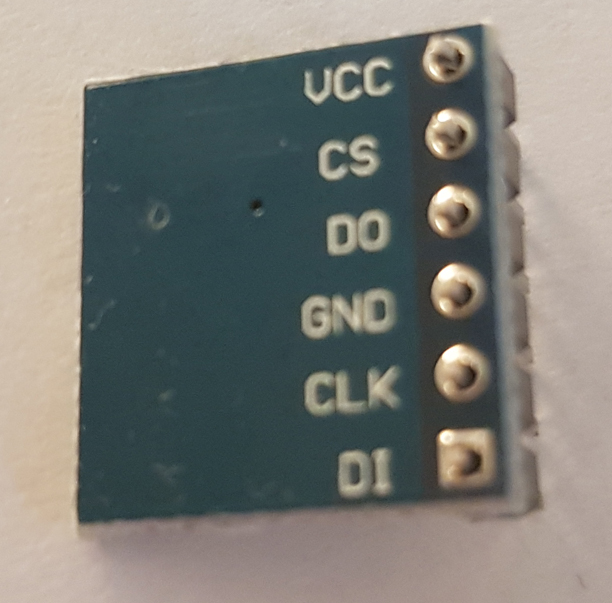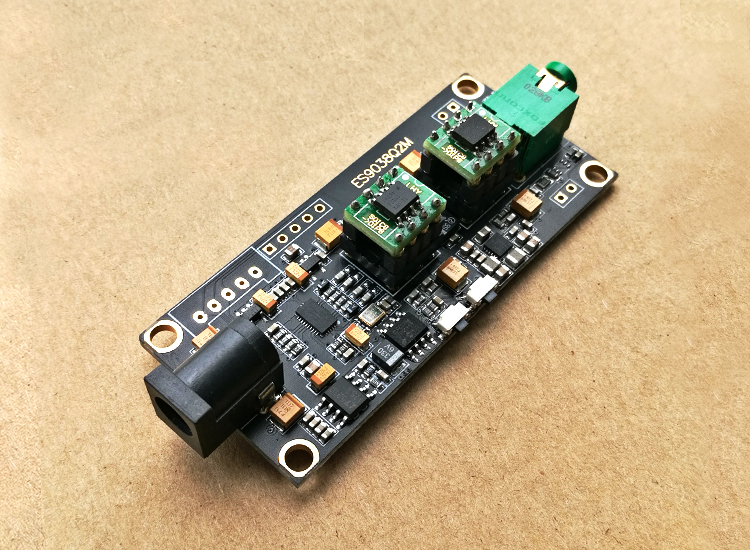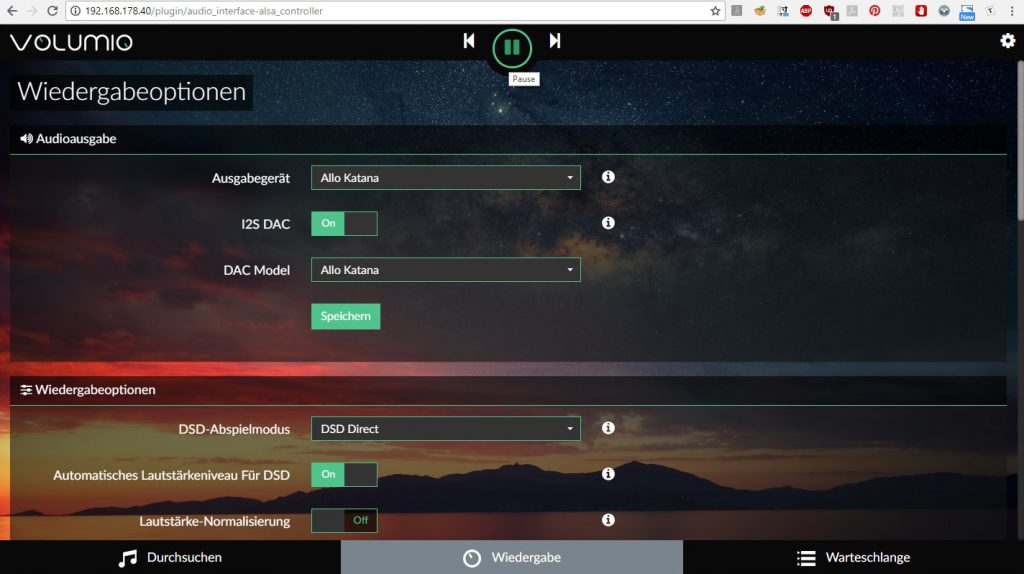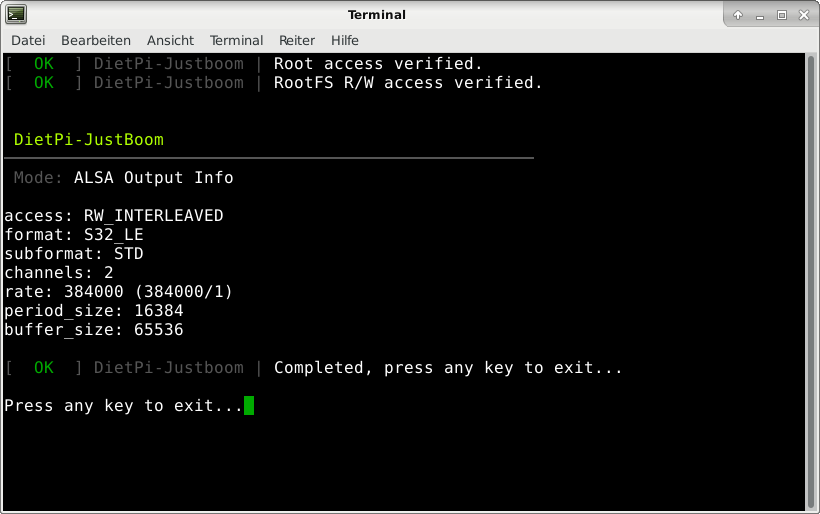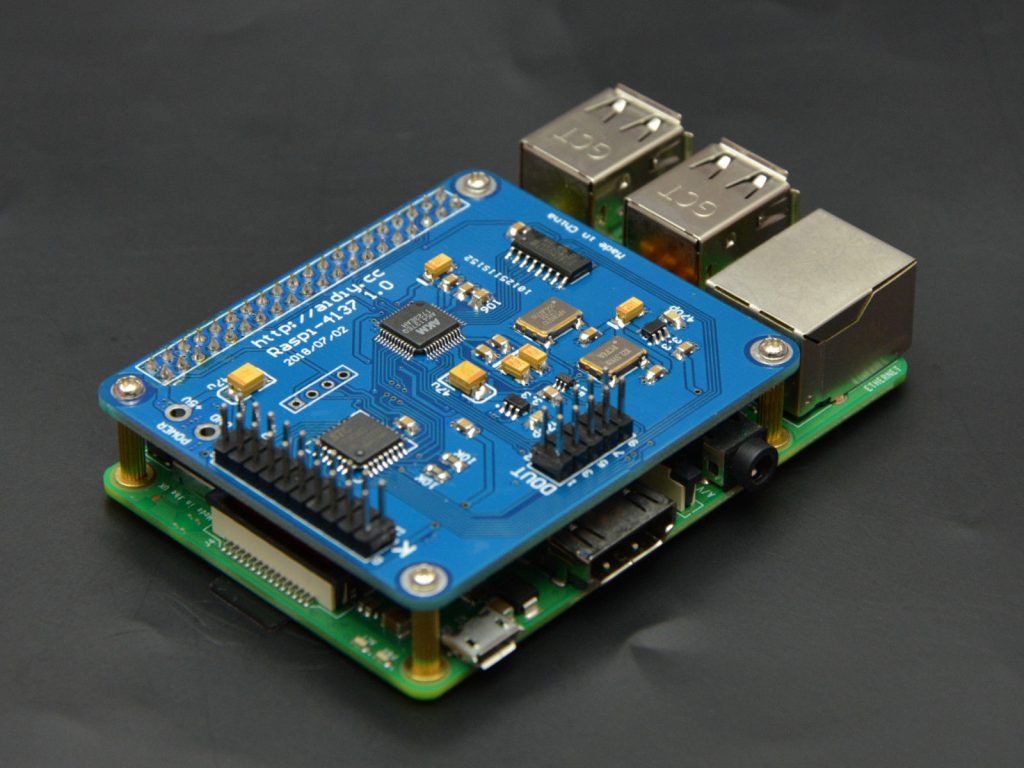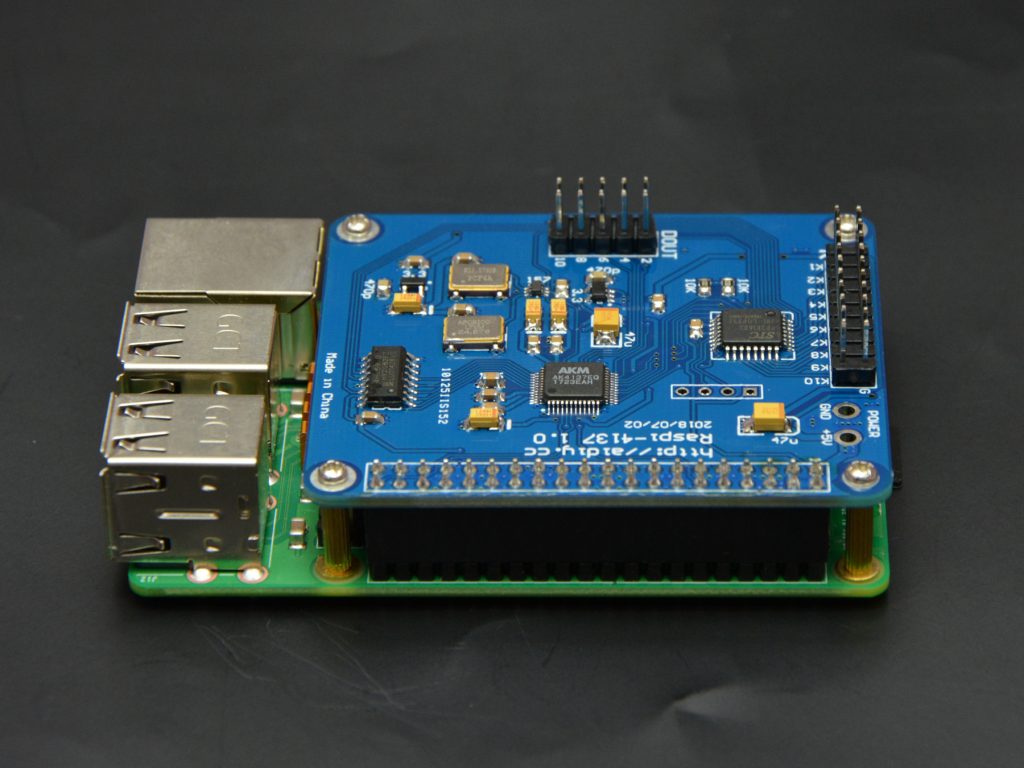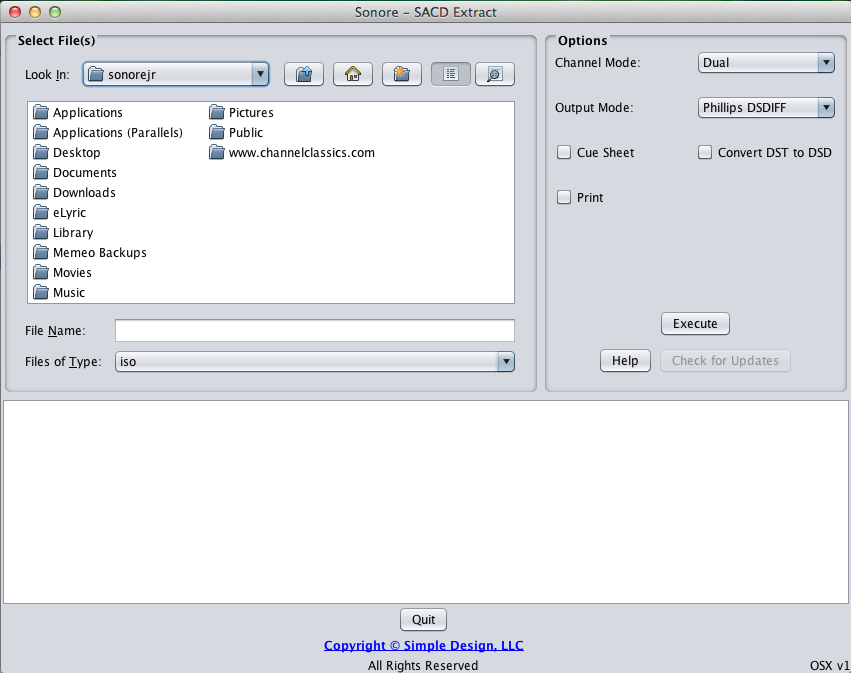HDMI I2S LVDS to I2S /-modules / incompatible XMOS-driver V4.45 Win-10 / new ESP32s
so, 😉
in waiting/looking for a toroidal 15V-0-15V transformer and the right case and thinking about the “maximum” 😉 DIY-DAC + connections i came back again to some HDMI I2S LVDS to I2S-connections/modules..
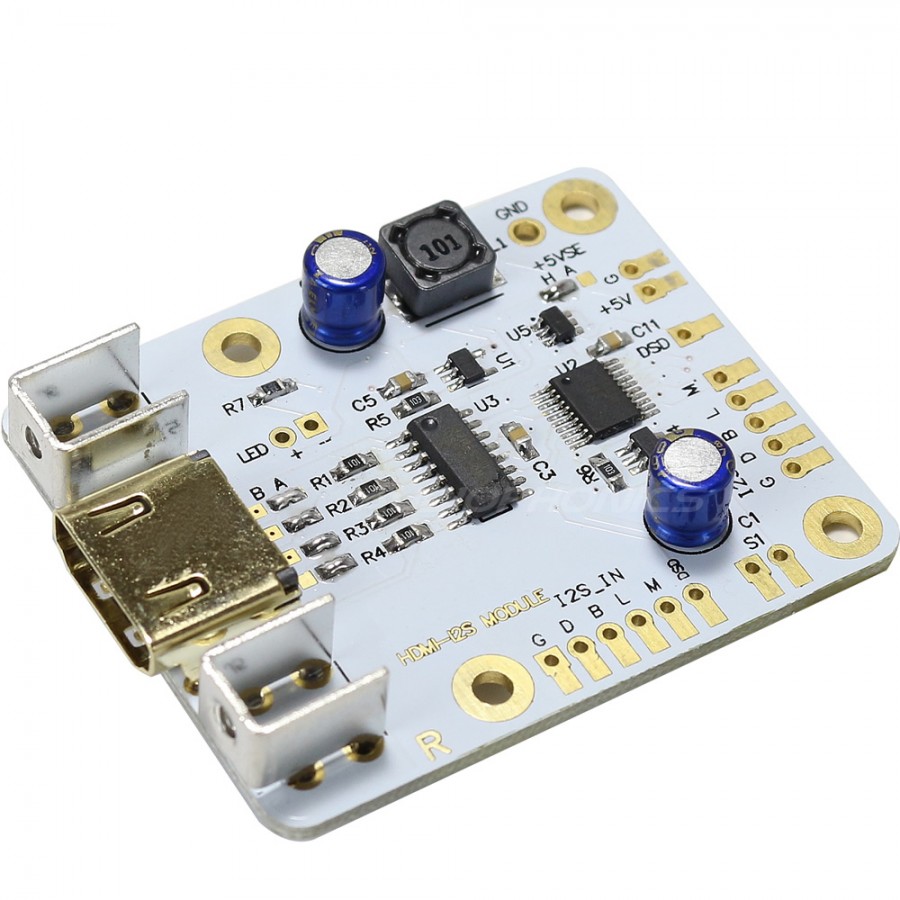
Audiophonics has some there (25€+shipping)->https://www.audiophonics.fr/en/diy-interfaces/hdmi-i2s-lvds-to-i2s-input-module-hdmi-i2s-lvds-to-i2s-output-p-12422.html (u can get the same here for 21$ without shipping (costs)->https://www.ebay.com/itm/New-HDMI-to-IIS-I2S-Receiver-Board-Conversion-Board-Module-With-I2S-Switching-/332651861540
interesting by this “Audiophonics”-module is the selectable dual-I2S-input option ->

(u can get single “ones” here for 15$->https://www.audiophonics.fr/en/diy-interfaces/interface-module-hdmi-lvds-input-to-i2s-p-12683.html?search_query=hdmi%20i2s&fast_search=fs)
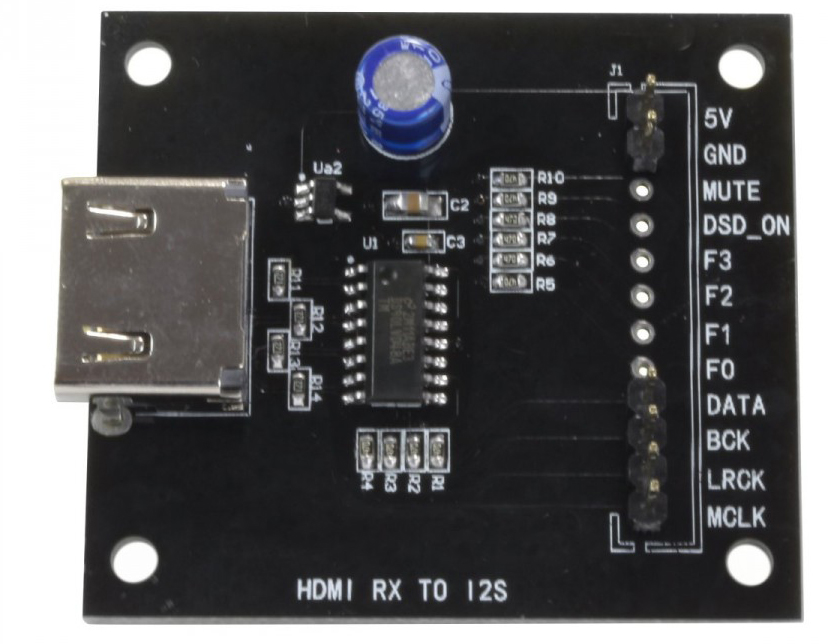
meanwhile i think u have to include such a “I2S-HDMI”-option because we got more and more USB-bridges with I2S-HDMI-out like the Gustard U-16 (see some earlier posts, LINK ) or some Singxer SU-1 for example..
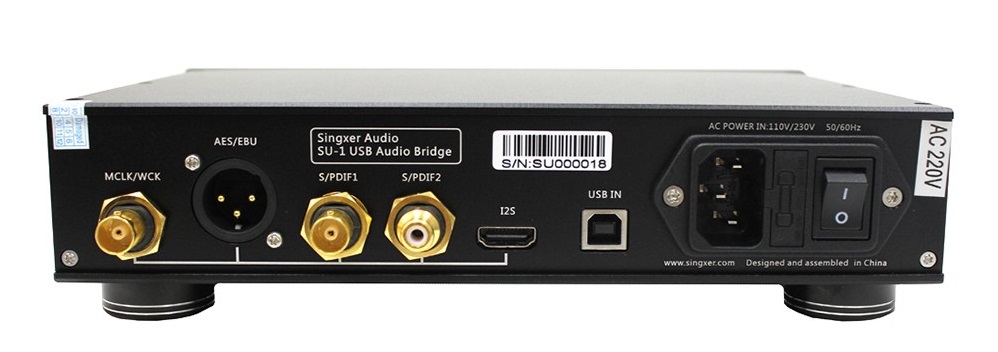
Audio-GD also made equipment with this connection and interesting would be if it has great benefits in modding a “transporter” means CD/DVD-Audio/Bluray-player and so on to bypass the spdif-connection/conversion and directly connect the transporters internal I2S-connection to an I2S-HDMI output module like this:(Link)
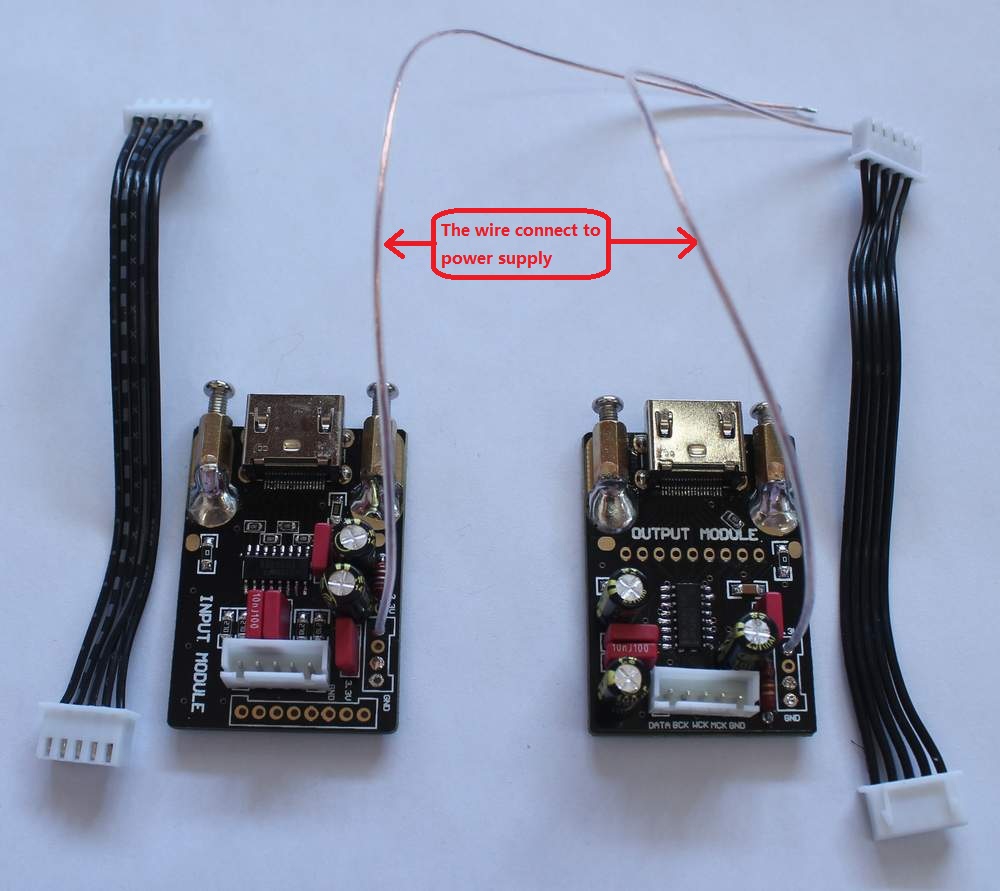
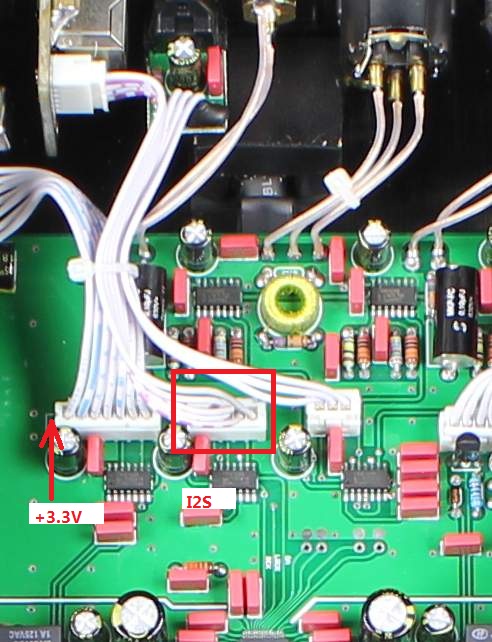
by that it is recommend only to use (hdmi-)cable shorter than 50cm->”..which needs to be kept as short as possible to uphold decent signal integrity”..
Kitsune for example has some there also by only 30cm (as example)(9,90$)->LINK
 by that, i´ve faced some incompatilibity issues with the XMOS-USB-driver V4.45 (on my Skysong (Singxer)-USB-bridge) since the last Win10-updates (stuttering); reverted back to V4.36 (but still not “optimal”)..(link to the driver in the forum->Forum)
by that, i´ve faced some incompatilibity issues with the XMOS-USB-driver V4.45 (on my Skysong (Singxer)-USB-bridge) since the last Win10-updates (stuttering); reverted back to V4.36 (but still not “optimal”)..(link to the driver in the forum->Forum)
also i´ve got some new (Geekcreit Doit.am Devkit V1-36pin) ESP32 from banggood (to have a spare)->Link
it looks a little bit different and i also think there´s a “fresher” Wroom32-module on it (newer revision)..
more to come, greets for now 😉
